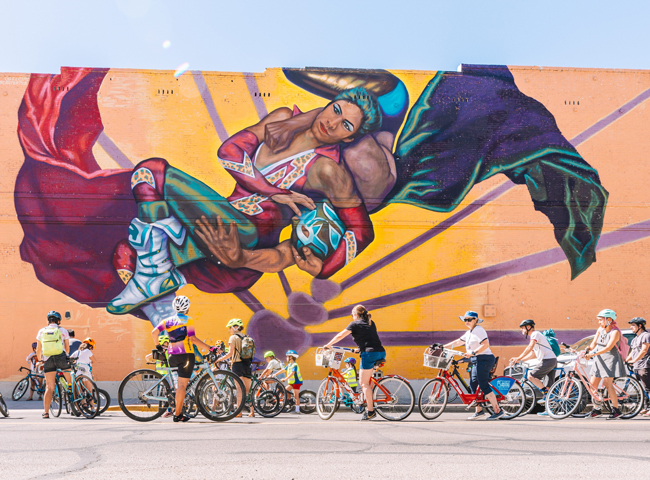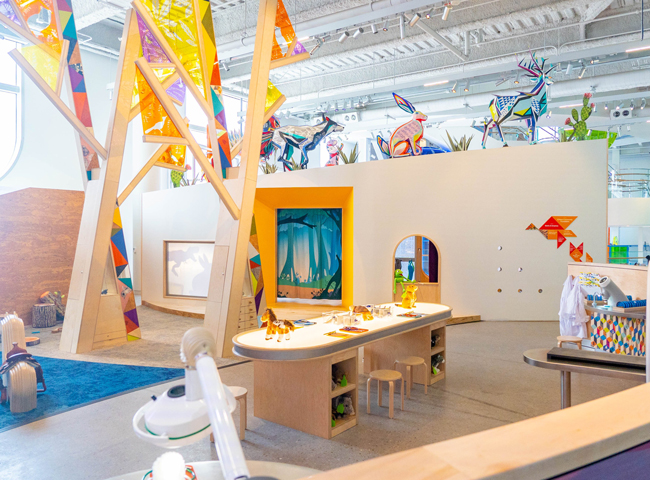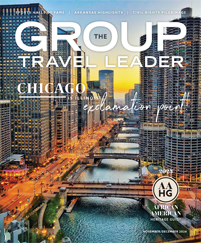Sponsored Content
El Paso’s 300+ days of sunshine, majestic Franklin Mountains, colorful culture, and inspiring museums are far more than what meets the eye. Plan your next adventure in the Sun City, where travelers from all backgrounds will discover the city’s scenic outdoors wonders, vibrant heritage, and more. Whether you’re visiting for a quiet weekend, a thrilling couple of days, or simply passing through during a road trip, El Paso will provide an exciting selection of attractions and accommodations that will satisfy any budget, interests, and needs to make your visit unforgettable.
Sun City Outdoor Mecca
Whether you’re a thrill-seeking adventurer, or looking for quiet moments of peace, El Paso’s Franklin Mountains State Park will invigorate your mind, body, and soul. The Franklin Mountains is the sole state-park in the continental U.S. located within city limits – granting travelers a short car drive up the mountains to the park grounds and a swift return to the city’s attractions. With over 100 miles of trails to explore, the Franklin Mountains are perfect for travelers of all ages and experience levels to enjoy the picturesque mountainside. From nature walks and bird watching routes to camping and horseback riding, the state park welcomes you to experience this outdoor mecca for yourself.
El Paso’s Colorful Culture
Life in the Sun City is filled with unique opportunities for discovering the city’s rich cultural flair. With over a dozen museums and cultural sites to tour, El Paso is brimming with historic centers, modern museums, and creative street murals to explore. In the heart of the city, visitors can embark on a cultural journey by taking a walking mural tour through the Downtown El Paso district. For this tour, download the Downtown El Paso Mural Tour brochure from the Visit El Paso website, or pick up a physical copy at the Downtown Visitor Information Center, to tour the dozens of murals scattered in between the walls of local businesses.

El Paso’s first children’s museum and science center, La Nube, is the city’s newest addition. La Nube covers 77,000 square feet and is best described as a science, technology, engineering, arts, and math center, for people of any age to visit and enjoy. La Nube sits across the street from its downtown neighbors, the El Paso Museum of Art, the El Paso Museum of History, and the highly anticipated Mexican American Cultural Center, opening its doors in 2025.

Before you make endless memories during your next visit to El Paso, you will find the Sun City offers an impressive variety of hotel accommodations tailored to groups of all sizes. Whether you’re seeking budget-friendly stays that don’t skimp on comfort, chic boutique hotels with modern amenities, or full-service accommodations equipped to handle large group needs, El Paso has it all. From historic charm to contemporary elegance, the city’s hospitality scene promises convenience and style at every price point. Plan your next stay today and be ready to experience a city en fuego!











